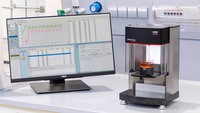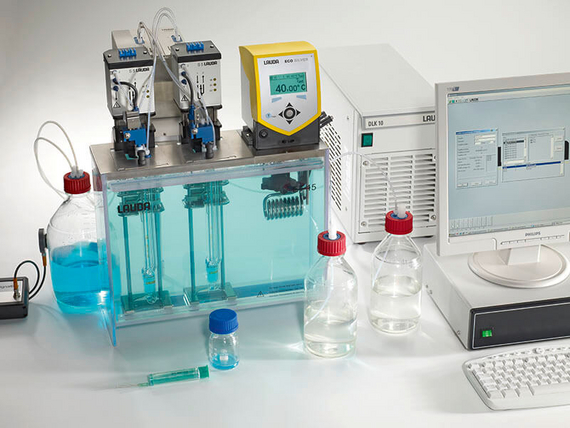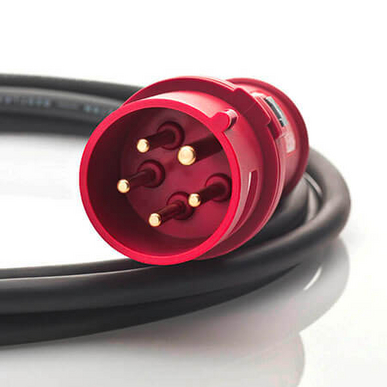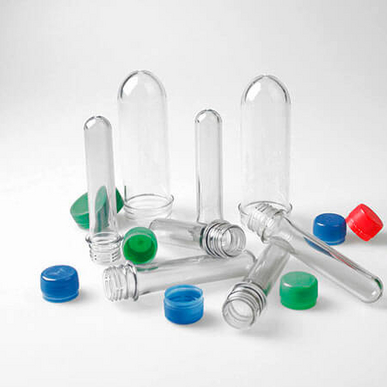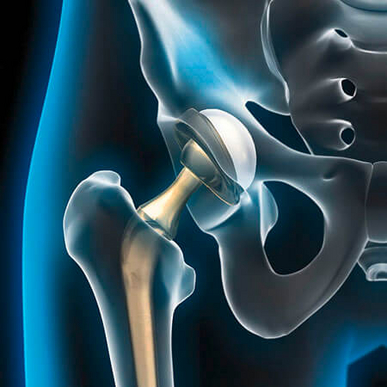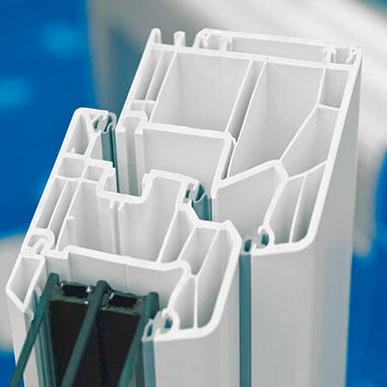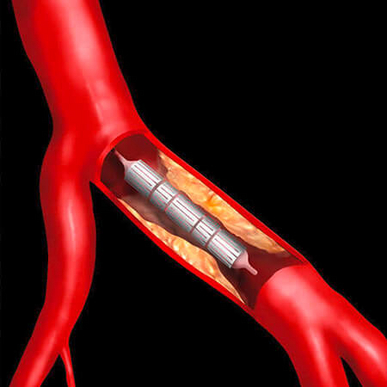Cellulose and papers
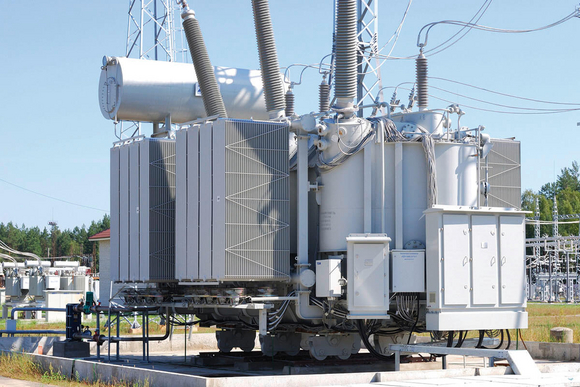
Degree of polymerization of insulation paper using solution viscosity
Paper and cellulose consist of long chains of polymerized glucose rings. The degree of polymerization (DP value) is directly related to its mechanical strengths, e.g. tensile strength. The DP value of insulating papers is important to the mechanical resistance and, above all, to the short circuit load of transformers. A reduction in the DP value down to between 150 and 200 means the end of the transformer‘s life-span. The aging speed of the transformer oil is heavily dependent on the temperature and water content in the insulation. With insulating papers and textiles made from cellulose (e.g. cotton), the degree of polymerization is determined by the solution viscosity. Here, the intrinsic viscosity (IV value) correlates with the degree of polymerization (that is, with the chain length). Here, the solution, cupriethylendiamine (CED) is often used, as it caters for a gentle, that is, as non-destructive as possible, development of the cellulose molecules in the solvent.
With the modular PVS systems, the configuration can be tailored precisely to the needs of the user in regard to sample rate and automation requirements, e.g. automatic viscometer cleaning or sample loading. The INV-DLL software delivers the intrinsic viscosity according to the Martin formula, which is used to calculate the degree of polymerization. The systems can also work under extensive oxygen pulping so that the measurement of mildly oxidizing Cuoxam solutions and EWNN solutions is also possible.
Recommended standards
- IEC 60450
Measuring of the average viscometric degree of polymerization of new and aged cellulosic electrically insulating materials
- DIN 54270-1/-2/-3
Testing of textiles – Determination of the limitviscosity of celluloses –
art 1: Principles
Part 2: Cuen-procedure
Part 3: EWNNmod(NaCl)-procedure
Typical configuration
Measuring system PVS 1/2 with two measuring stands and automatic cleaning in an affordable ET 15 S viscothermostat
- PVS 1/2 control unit
- Two measuring stands S 5
- A VRM 4 cleaning module for viscometer cleaning with water and acetone
- ET 15 S with through-flow cooler
- Micro-Ubbelohde of type Ic (recommended for reducing use of solvents and cleaning agents)
- Viscometer of size I (IEC60450) with connections for emptying and rinsing
- Sample preparation system with dosing units and precision balances
Applications Polymers
Viscosity number of polyamides (PA) and polybutylene terephthalates (PBT)
Determining K-value acc. to Fikentscher (chain length of the basic polymers)
Molar mass and IV value of hyaluronic acid products and absorbable polymers




